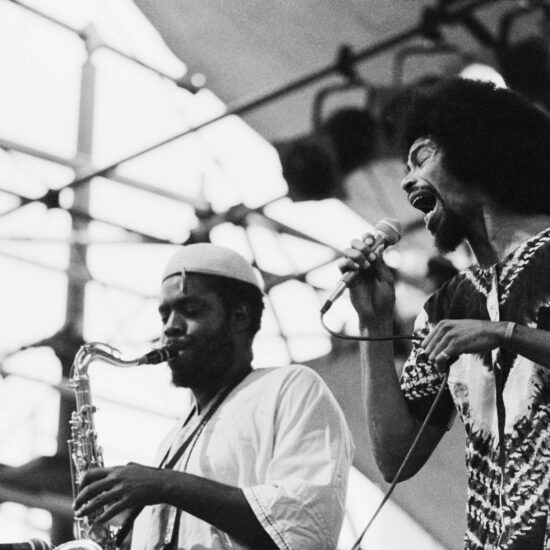
Gil Scott-Heron: “Closer to Langston Hughes than Huey Newton”
The influence of writer and musician Gil Scott-Heron is widely felt. However, assessing his legacy involves figuring out just what kind of artist he was.

The influence of writer and musician Gil Scott-Heron is widely felt. However, assessing his legacy involves figuring out just what kind of artist he was.
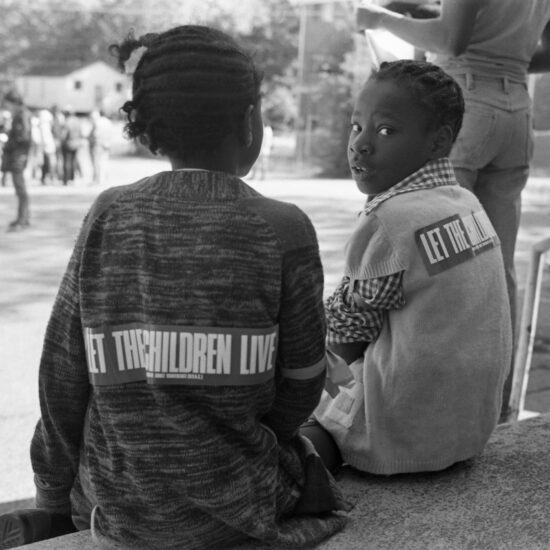
In his last and least known book, James Baldwin demonstrates how the Atlanta Child Murders were not an aberration but rather evidence of the failures of integration, the growing divide between the Black poor and the middle classes, and the need to claim the dead as our own.
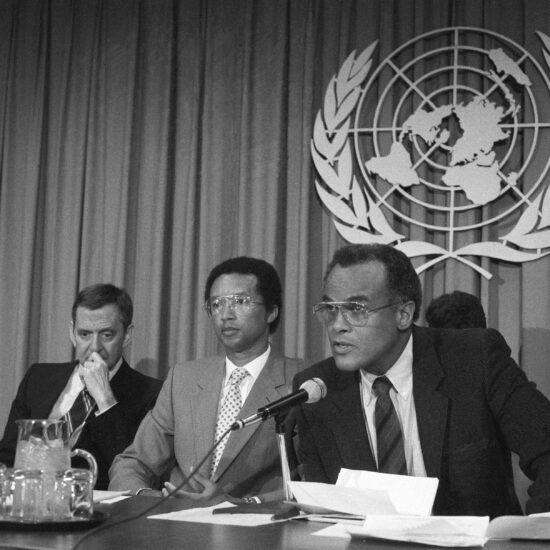
African Americans were closely involved in the fight against South African apartheid, with cultural icons, legislators, civil rights activists, and athletes all playing their part to call attention to the issue and to ultimately pass sanctions against South Africa.
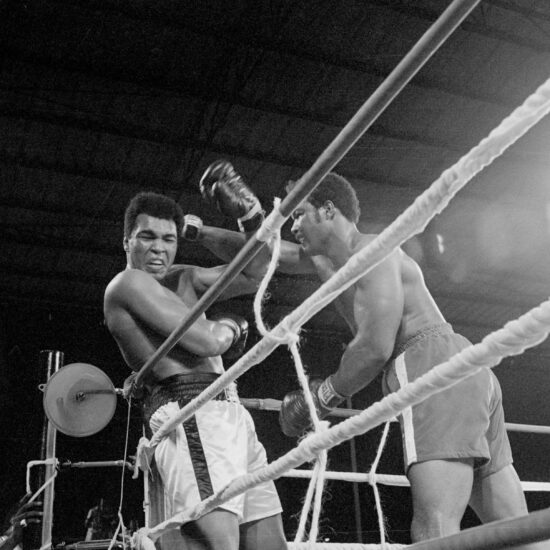
In one of the most iconic and celebrated heavyweight fights, Muhammad Ali and George Foreman clashed in Zaire in 1974.
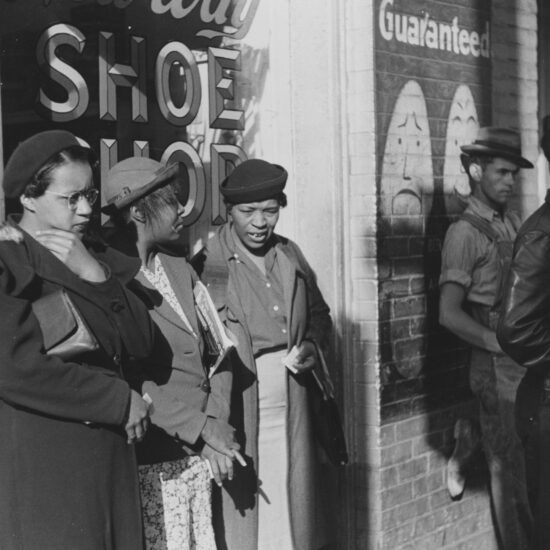
The everyday lives and struggles of Black women in Atlanta reveal the roots of their activism.
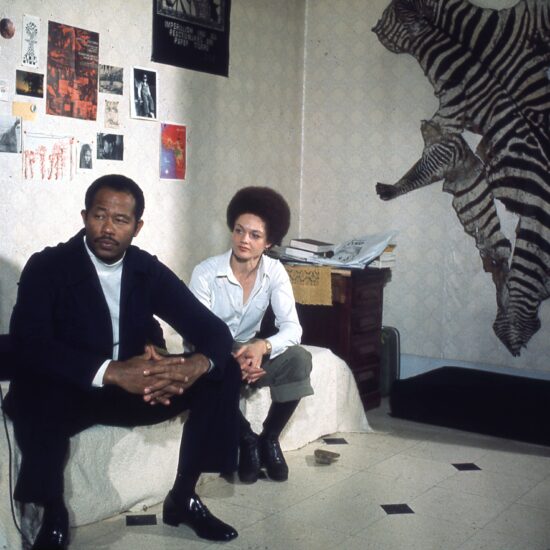
Author of Soul on Ice and one of the most recognized activists for Black internationalism, Eldridge Cleaver went from militance to obscurity.
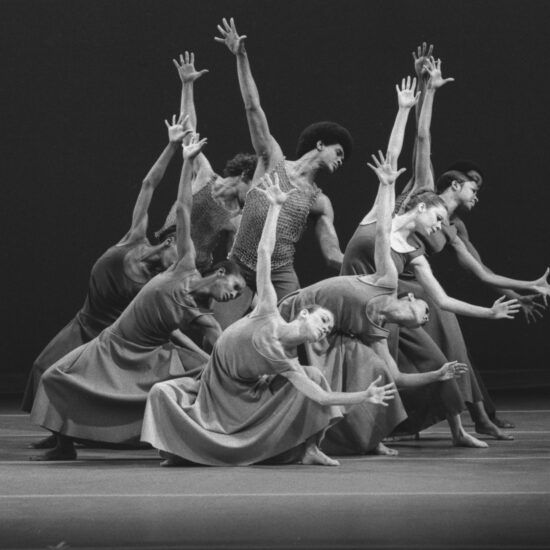
The famed choreographer used his art to emphasize the universal resonance of African American stories.
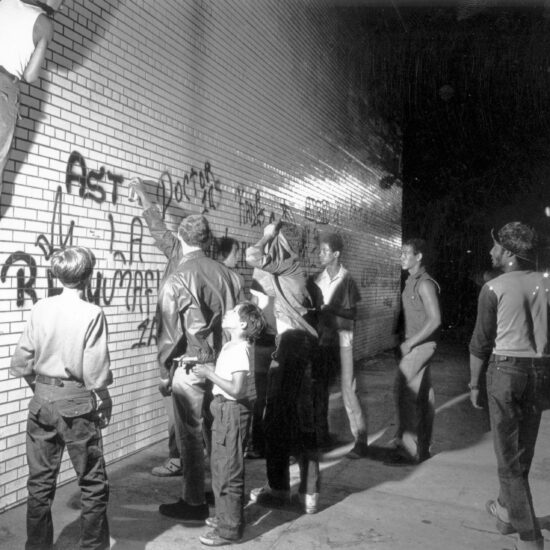
“Coming to a Wall Near You!” From the 1960s to 1980s, Black teenagers in Philadelphia convinced the world that graffiti wasn’t vandalism, but public art rooted in protest and self-expression.
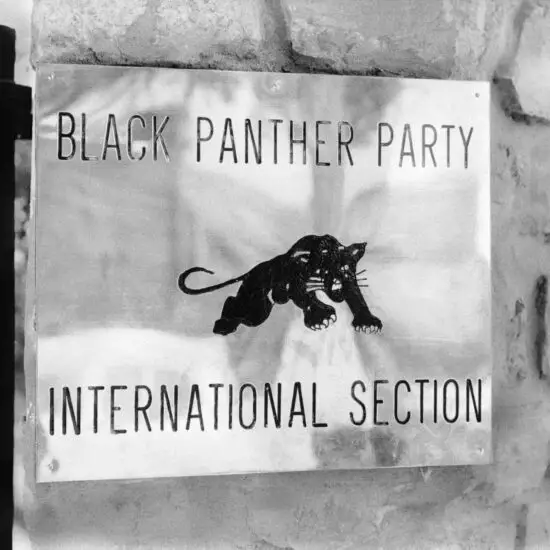
The Black Panther Party—especially their International Section based in Algiers—embraced the Palestinian cause as part and parcel of their own struggle.
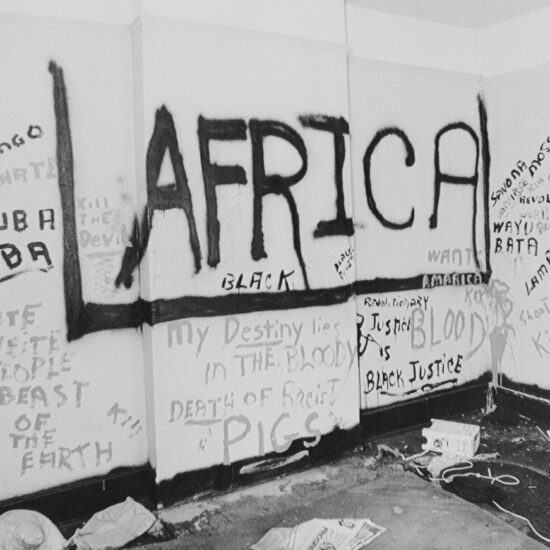
Initially written off as “crazy,” the New Orleans Sniper’s ideas reflected a more widely held sentiment of rage among Black youth.